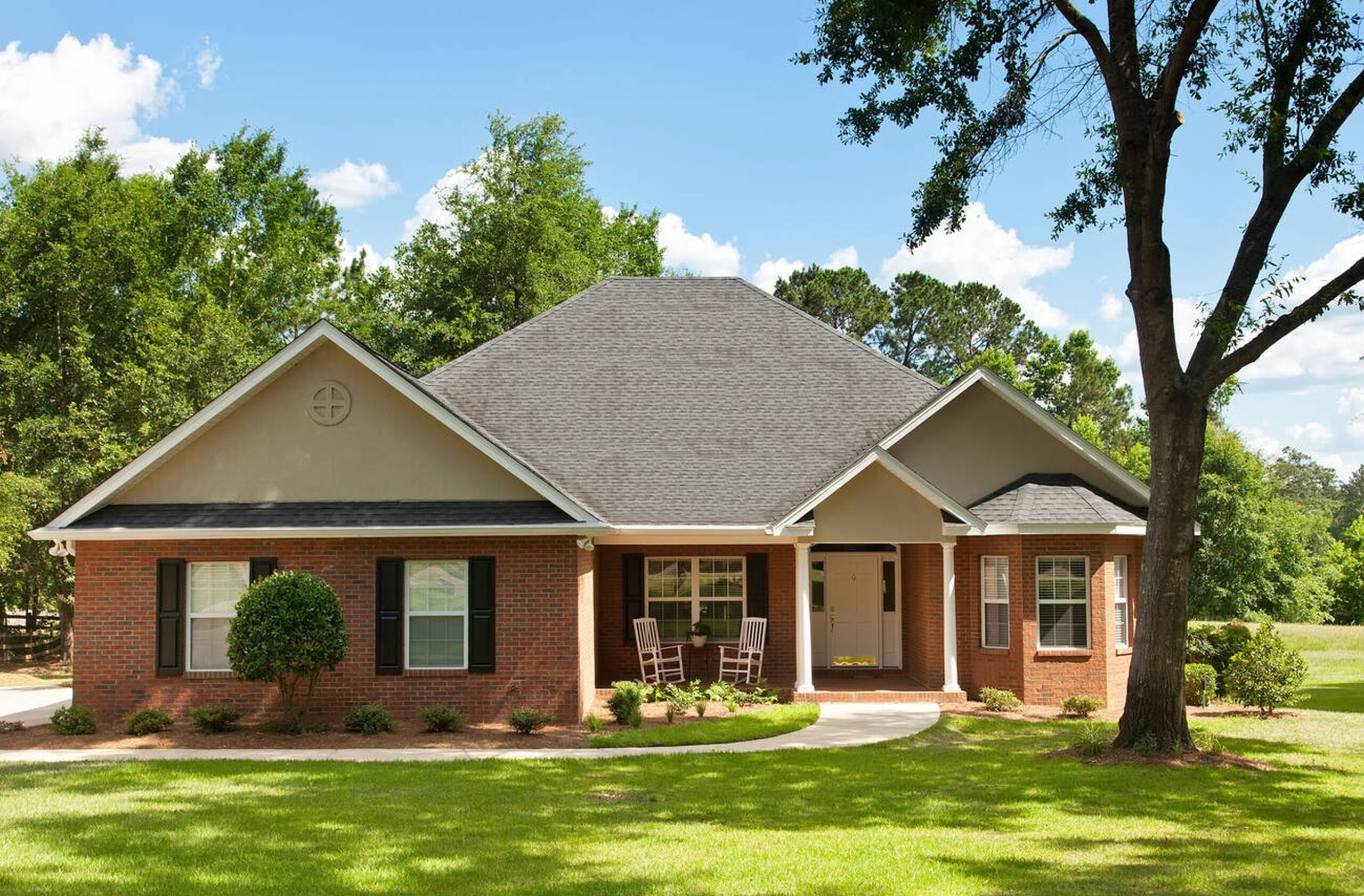The Tudor House style, with its distinctive half-timbering and steeply pitched gable roofs, is a beloved architectural design that has captivated homeowners and historians alike for centuries. Originating in England during the Tudor period (1485-1603), this architectural style has a unique charm that combines medieval and Renaissance elements, making it a popular choice for those seeking a home with historical significance and timeless beauty.
Origins of Tudor House Architecture
The Tudor House architecture emerged during the reign of the Tudor monarchs in England. This period was marked by a transition from medieval to Renaissance influences, resulting in a blend of traditional English building techniques with new architectural ideas from continental Europe. The hallmark features of Tudor homes, such as exposed wooden frames, intricate brickwork, and large chimneys, reflect this fusion of styles.
Key Features of Tudor House Architecture
- Half-Timbering: One of the most recognizable features of a Tudor House is its half-timbered construction. This involves a wooden frame filled with wattle and daub, brick, or stone. The exposed wood beams create a striking contrast with the infill materials, giving the home a distinctive appearance.
- Steeply Pitched Roofs: Tudor homes often have steeply pitched, gable roofs. These roofs are not only visually appealing but also practical, as they help to shed rain and snow more effectively.
- Tall, Narrow Windows: The windows in a Tudor House are typically tall and narrow, often with small panes of glass separated by wooden or lead mullions. These windows add to the vertical emphasis of the architecture and allow for ample natural light.
- Prominent Chimneys: Large, ornate chimneys are another characteristic feature of Tudor homes. These chimneys often feature elaborate brickwork and are a focal point of the exterior design.
- Decorative Brick and Stonework: Tudor houses frequently incorporate decorative brick and stonework, especially around the entryways and windows. This adds to the overall aesthetic appeal and showcases the craftsmanship of the period.
Modern Interpretations of Tudor House Design
While the traditional Tudor House architecture hails from the 16th century, its influence can still be seen in modern home designs. Contemporary Tudor-style homes often incorporate the same key features but with modern construction techniques and materials. For instance, while original Tudor homes used timber framing, modern versions may use steel or other materials for structural support while maintaining the classic half-timbered look.
Why Choose a Tudor House?
- Historical Charm: Owning a Tudor House means owning a piece of history. The architectural style carries with it a rich heritage and a connection to the past.
- Distinctive Aesthetics: The unique blend of medieval and Renaissance elements gives Tudor homes a distinctive and timeless beauty. The combination of wood, brick, and stone creates a warm and inviting appearance.
- Quality Craftsmanship: The intricate details and craftsmanship that go into building a Tudor House are unparalleled. These homes are often built to last, with high-quality materials and attention to detail.
- Curb Appeal: With their striking exteriors and charming details, Tudor homes have excellent curb appeal. They stand out in any neighborhood and are sure to catch the eye of passersby.
Maintaining a Tudor House
While a Tudor House can be a stunning and unique home, it also requires regular maintenance to preserve its historical features. Here are some tips for keeping your Tudor home in top condition:
- Inspect and Repair Timber Frames: Regularly check the wooden beams for signs of rot or damage. Replace any compromised sections to maintain the structural integrity of the home.
- Maintain Brick and Stonework: Ensure that the brick and stone elements are in good condition. Repoint mortar joints as needed to prevent moisture from seeping in and causing damage.
- Clean and Repair Windows: Keep the windows clean and ensure that the mullions and frames are in good condition. Replace any damaged panes or broken mullions to maintain the home’s aesthetics and energy efficiency.
- Roof and Chimney Maintenance: Inspect the roof and chimneys for any signs of wear or damage. Replace missing or damaged shingles and ensure that the chimneys are structurally sound and free from blockages.
Conclusion
The Tudor House is more than just an architectural style; it’s a piece of history and a testament to timeless design. With its distinctive features and historical charm, a Tudor home offers a unique living experience that blends the past with the present. Whether you’re a history enthusiast, an architecture aficionado, or simply someone who appreciates beautiful homes, the Tudor House is a style worth considering.










